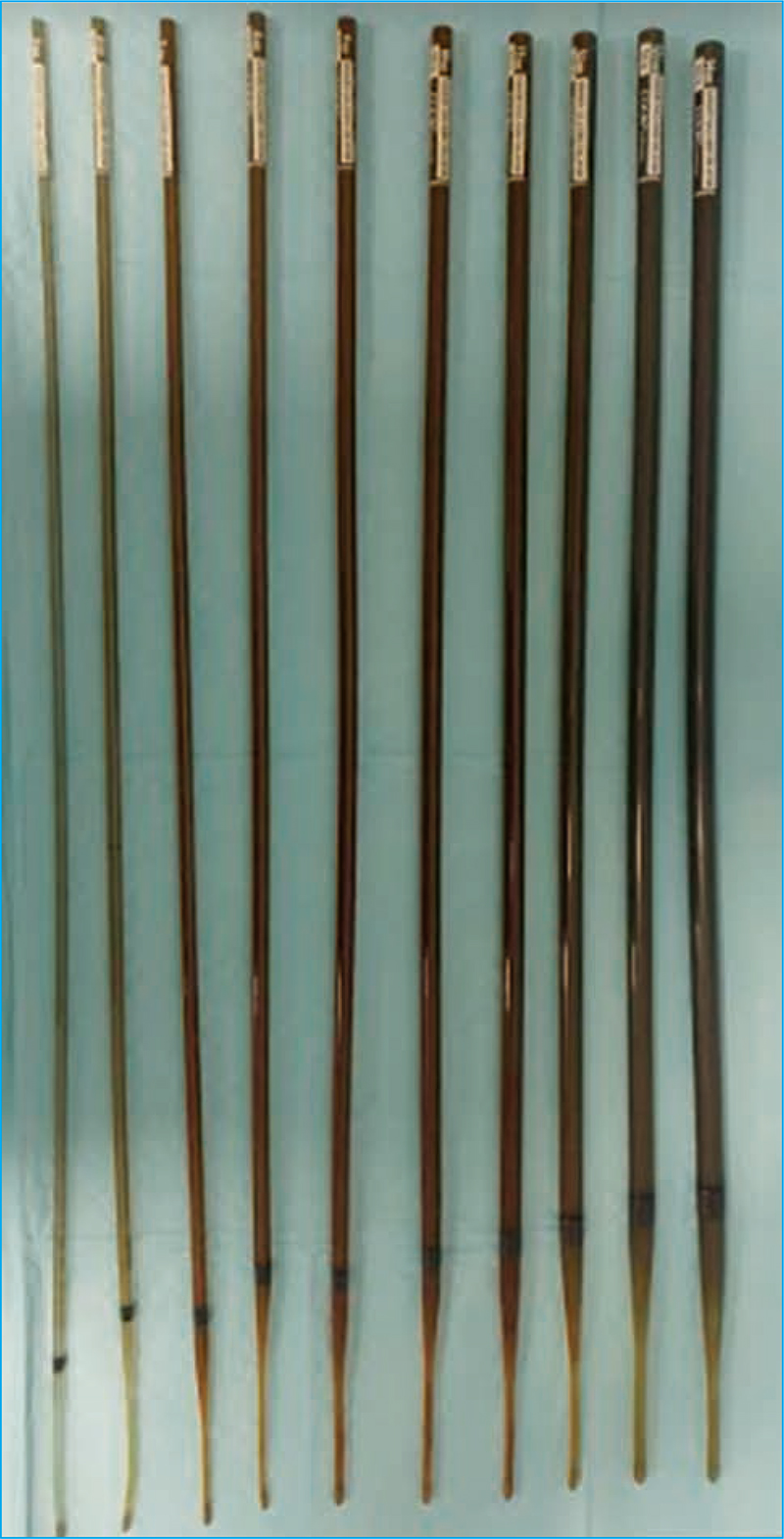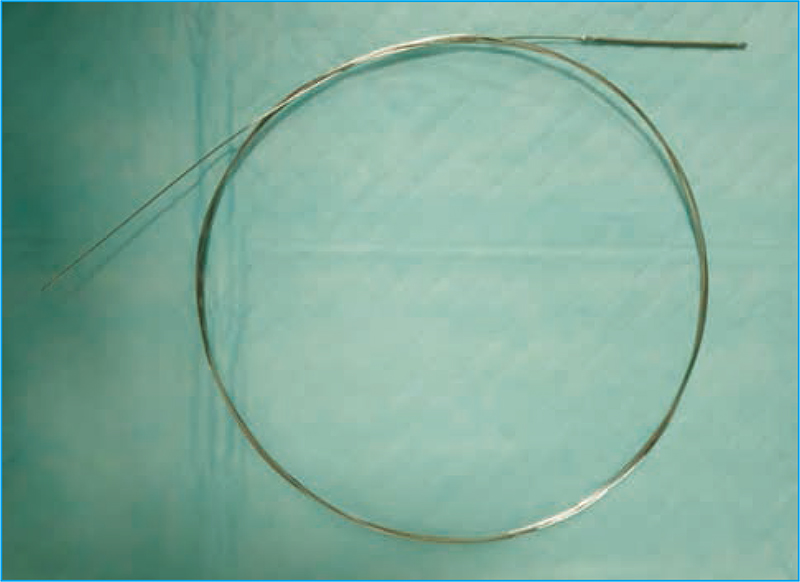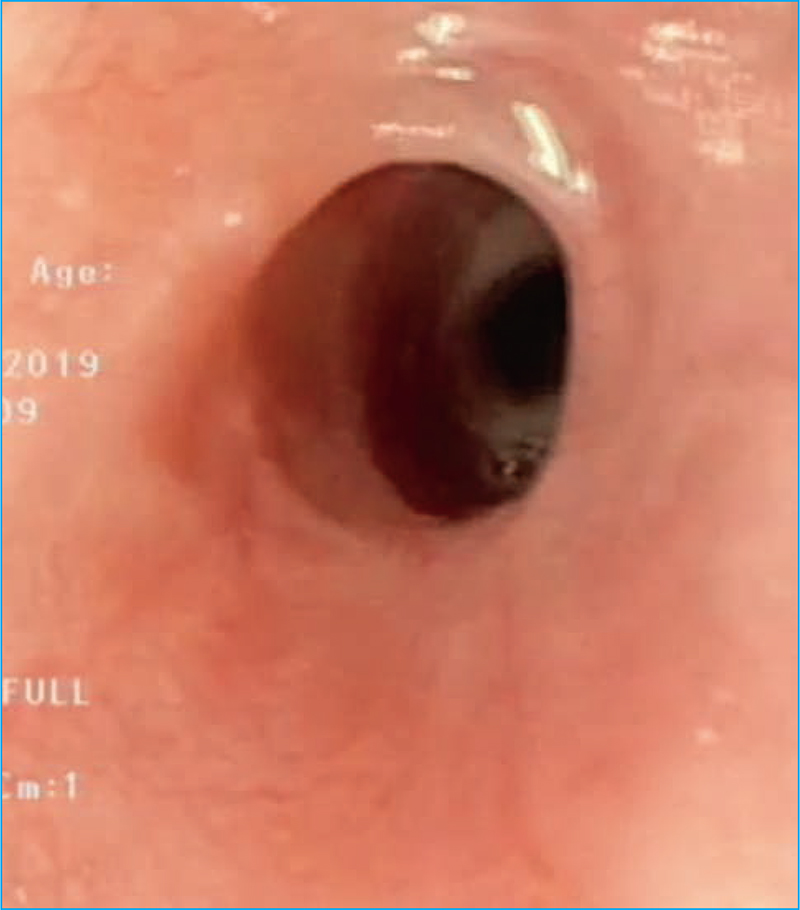Cahiers Santé Médecine Thérapeutique
MENURefractory peptic esophageal strictures: experience of the gastroenterology department of Fez Volume 31, issue 1, Janvier-Février 2022
- Key words: peptic stenosis, endoscopic dilation, refractory stenosis
- DOI : 10.1684/sanmt.2022.104
- Page(s) : 35-9
- Published in: 2022
Peptic stenosis is a benign complication of gastroesophageal reflux disease. Several methods are used to treat them including endoscopic dilation associated with antisecretory treatment. If there is no improvement after 3 to 5 dilations, alternative therapy should be considered. The aim of the work is to evaluate the predictive factors for the occurrence of refractory esophageal stenosis.
Methods
This is a retrospective study which is spread over a period of 16 years between January 2002 and March 2019, including all patients with dysphagia ± regurgitation with endoscopic and/or radiological aspects in favor of peptic stenosis. Refractory strictures were defined by strictures requiring more than five sessions with short recurrence intervals (less than 4 weeks).
Results
Of the 123 patients who underwent endoscopic dilation for peptic stenosis, 13 % (N = 16) presented with refractory stenosis. The mean age was 53.5 years [17-86]. The sex ratio M/F was 4 with male predominance. Tobacco use was found in 19 % (N = 3) and alcohol in 1 patient. In all of our patients we noted : chronic gastroesophageal reflux with a mean duration of 6.75 years [1 ; 17], regurgitation in 75 % (N = 12) and heartburn in 19 % (N = 3). Dysphagia was for solids and liquids in 25 % (N = 4). Endoscopy revealed impassable stenosis in 81 % (N = 13), double stenosis in 6 % (N = 1). 3/4 of our patients were dilated by progressive diameter candles. The mean number of dilations was 3.1 ± 1.92 sessions/person. After 5 endoscopic dilations : Only 37 % (N = 6) underwent surgery and only one patient had an esophageal prosthesis, the rest continued the endoscopic dilation sessions. In univariate and multivariate analysis, refractory stenosis was significantly associated with the duration of the gastroesophageal reflux (p = 0.01) and with poor adherence to consolidation treatment based on proton pump inhibitors (P = 0.005).
Conclusion
Refractory strictures were present in 13 % of the patients in our series. Rather, these are patients with old chronic gastroesophageal and not receiving consolidation therapy.



